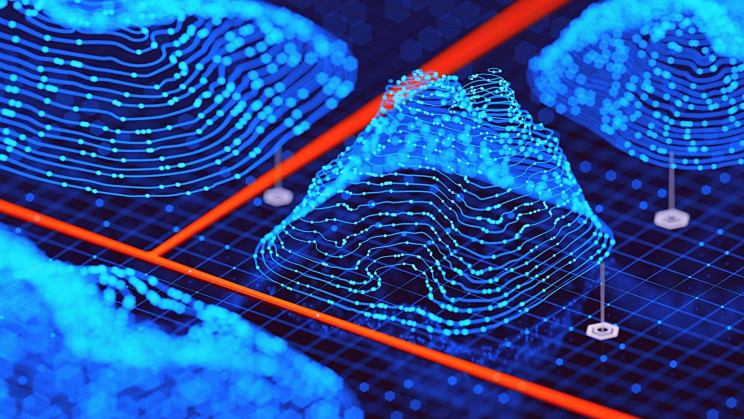New Technology Makes Real-Time 3D Holograms a Reality
麻省理工学院的研究人员设计了一种新的方法,利用一种以学习为基础的、效率极高的方法,生成接近实时保真度的全息图。效率是这一发现成功的关键,因为其新的神经网络系统允许全息图在笔记本电脑上运行,甚至可能是近期更新的智能手机。
MIT researchers devised a new way of generating holograms with near real-time fidelity, using a learning-based method with ultra-high efficiency. Efficiency is key to this discovery, because its new neural-net system allows holograms to run on a laptop, and possibly even a newer smartphone.
长期以来,研究人员一直致力于创建可行的计算机生成全息图,但大多数模型都需要超级计算机来完成物理模拟。这需要花费大量的时间,而且通常会产生保真度不高的全息图。因此,麻省理工学院的研究人员的工作集中在克服这些障碍。“人们以前认为,用现有的消费级硬件,不可能进行实时3D全息计算,”该研究的主要作者、麻省理工学院电子工程和计算机科学系(EECS)的博士生梁实在麻省理工学院的一篇博客文章中说。“人们常说,商用全息显示技术将在10年后问世,但这种说法已经存在了几十年。”
Researchers have worked to create viable computer-generated holograms for a long time, but most models called for a supercomputer to slug through the physics simulations. This takes a lot of time, and typically produces holograms of underwhelming fidelity. So the MIT researchers’ work focused on overcoming these obstacles. “People previously thought that with existing consumer-grade hardware, it was impossible to do real-time 3D holography computations,” said the study’s lead author Liang Shi, who is also a doctoral student at MIT’s department of electrical engineering and computer science (EECS), in an MIT blog post. “It’s often been said that commercially available holographic displays will be around in 10 years, yet this statement has been around for decades.”
梁实认为,这种被称为“张量全息术”的新方法将使实时3D全息图技术在不久的将来开花结果。
Shi thinks the new method, called “tensor holography,” will make the near-future promise of holograms finally bear fruit.











